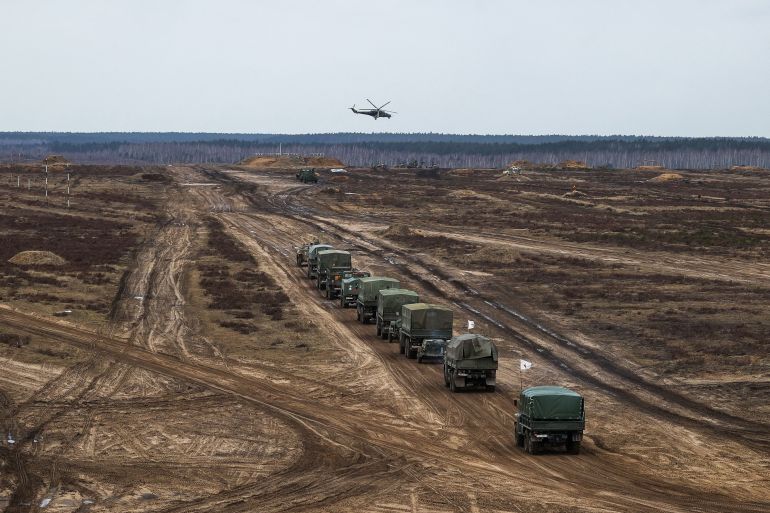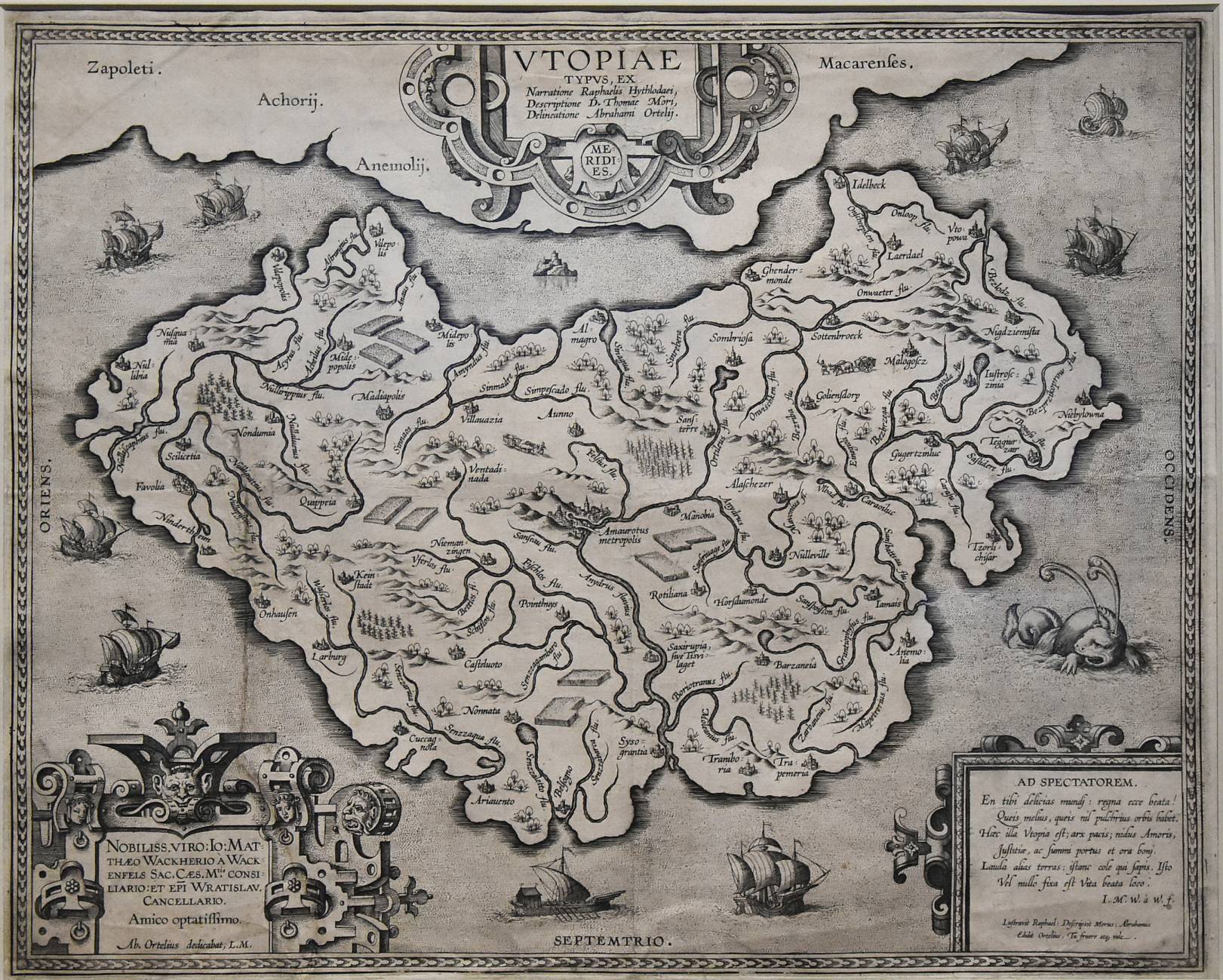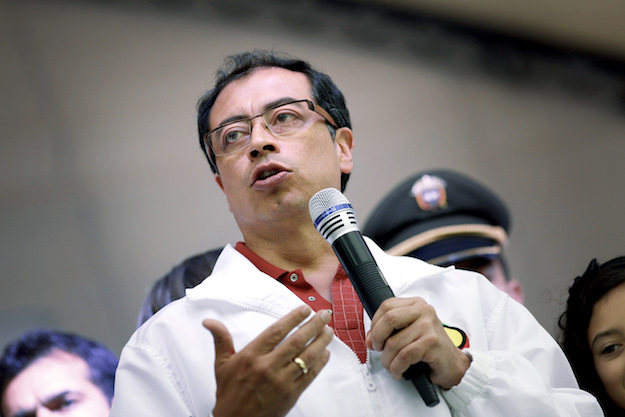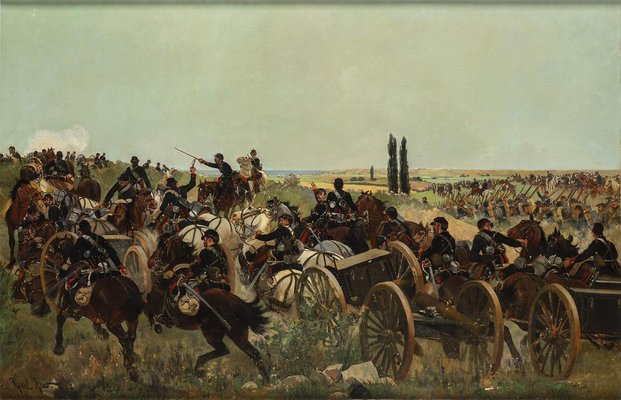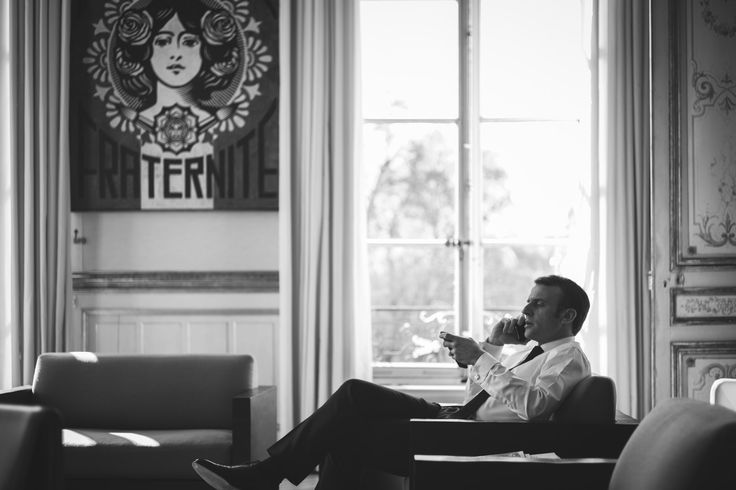In 2021, the year preceding its invasion of Ukraine, Russia spent the equivalent of $65.9 billion on its armed forces, amounting to 4.1% of its GDP. Germany, with a population of little more than half of Russia’s, spent $56.0 billion, or 1.3% of GDP. The respective figures were $68.4 billion (2.2%) for the United Kingdom, $56.6 billion (1.9%) for France, and $32.0 billion (1.5%) for Italy. Together the four biggest EU member states outspent Russia by a factor of more than three. United States military spending, equal to 38% of the global total, exceeded Russian spending by a factor of twelve, and combined with the big four European NATO countries by a factor of fifteen.
Figures on military spending are less reliable than those on, say, average temperatures. But if the data provided by the most highly reputed research institute in the field are only halfway valid, the Russian invasion raises the issue of why an obviously inferior power should have risked a confrontation with a much stronger bloc. That Russia attacked from a position of weakness is also reflected in the fact that according to military experts, its invasion force of an estimated 190,000 in February 2022 was far too small; there appears to be agreement that it should have been at least twice as large if it were to achieve its presumptive goal, the conquest of Ukraine – a country of 40 million people with a landmass almost twice that of Germany. And while Ukraine’s 2021 defence budget amounted to less than $6 billion (or 3.2% of GDP in one of the poorest countries in Europe), it underwent an impressive increase of 142% since 2012, by far the highest growth rate among the 40 countries leading the world in military spending. It is a secret only to European legacy media that the increase was due to extensive American military aid, aimed at ‘interoperability’ of the Ukrainian and American armies. (According to NATO sources, interoperability was achieved in 2020.) In effect this turned Ukraine into a de facto if not an official member of NATO.
Regardless of the Russian invasion having taken place from a position of dramatic military inferiority (although with freely provided public assurances from the US and NATO, renewed almost every week until today, that they would never send troops to aid the Ukrainians on the battlefield), from the first day of the war Germany came under insistent political and moral pressure from the US to increase its military spending, so as to finally comply with NATO’s longstanding goal for its member states to spend 2% of GDP on what is called ‘defence’. Already in the late 1990s the United States had urged European NATO members to spend more on their armed forces, as the US itself was beginning to do at the time. At the NATO summit in Prague in 2002, the 2% goal was first discussed, against the background of 9/11, the nascent ‘War on Terror’, the imminent invasion of Iraq, the expansion of the NATO mandate to out-of-area operations, and the decision to extend NATO membership to Eastern Europe, beginning with the ‘Visegrád’ states of Poland, Hungary and the Czech Republic. That decision ended earlier discussions of a ‘Common European House’ (Gorbachev) or a ‘Partnership for Peace’ (Bill Clinton) that included Russia, initiating a return to the Cold War border between Western and Eastern Europe, the latter now consisting essentially of Russia alone.
The 2% target was formally adopted at the 2006 NATO summit in Riga. In 2008 Merkel and Sarkozy failed in their attempt to block a formal invitation to Ukraine and Georgia to join NATO – the proposed third and final step of NATO expansion into Eastern Europe. In 2014, following the Maidan revolution and the subsequent annexation of Crimea by Russia, the commitment to the 2% target was renewed. Although it formally applied to all NATO members alike, it was primarily directed at Germany, the only country where, because of its size, a relative increase in military spending would yield a significant absolute increase in NATO’s military strength. France and the UK had for some time already spent 2% or almost that on defence: the UK 2.49% and France 2.10% in 2002, 2.48% and 1.90% in 2008, and 2.17% and 1.86% in 2014. Germany, by comparison, spent just 1.33% in 2002, 1.21% in 2008, and 1.15% from 2014 to 2018, after which a moderate increase began, to 1.34% in 2021.
There seem to have been several reasons why the four successive Merkel governments, from 2005 to 2021, were unable or unwilling to comply with the 2% spending rule. Frequently mentioned are the overly pedantic procurement bureaucracy and the allegedly deep-seated pacifism of the German electorate stemming from defeat in two world wars. Since the beginning of the war in Ukraine, it is also claimed that Merkel believed Putin’s promises to respect what the West considers to be international law – which, while it allowed the US and its ‘coalition of the willing’, including Ukraine, to invade Iraq, and for a still-larger coalition, including Ukraine, to occupy it, presumably forbids Russia to invade Ukraine. Whether Putin ever made such promises must be left to future historical research; given his public warnings against Ukrainian and Georgian accession to NATO, untiringly repeated since 2002, it seems doubtful.
Three other factors may be more important: that Germany has no nuclear arms, which in the UK and France take up a large part of military spending, so that German conventional forces may, in spite of a lower total defence budget, be roughly equal to those of Britain and France; that unlike other countries, all German forces without exception are integrated into NATO, meaning that any increase would primarily benefit the US; and that, related to this, postwar Germany has no military doctrine, not even a general staff to figure out what it needs its military for. Indeed, as German soul-searching after the Ukrainian invasion tried to explain the supposed neglect of the Bundeswehr in the last two decades, an investigative journalistic account in the Sueddeutsche Zeitung showed that procurement policies had long wavered between territorial defence in Germany and Europe (Landes- und Bündnisverteidigung) and out-of-area missions, like Afghanistan and Mali, engaged in as a courtesy to the US and France, which required very different equipment and turned out to be more expensive than expected.
Nevertheless, standard German and international public opinion readily subscribed to the claim that Russia would not have invaded Ukraine had Germany fulfilled its 2% NATO duties. It followed that Germany needed urgently to mend its ways, also to prevent Russia from attacking other European countries as well: not just Poland and the Baltic states, but also Finland and Sweden. (The fact that Russia couldn’t even conquer Kiev, less than a hundred miles from the Russian border, never figured in mainstream ‘discourse’. Nor was it considered that if ‘Putin’ was indeed mad enough to try to conquer Finland, he might also be mad enough to use nuclear arms when under duress.)
This line, emanating from the media and NATO was taken up not just by the Bundestag opposition (Merkel’s CDU/CSU), but also by elements within the coalition (where the liberal FDP ’s ‘defence expert’ is a member of parliament from Düsseldorf, home to Rheinmetall, the second-largest German arms producer after Airbus, and where the Greens are working hard to get rid of the peacenik image inherited from their early years). Three days after the Russian invasion, on February 27, Scholz called a special Bundestag session in which he pleaded guilty on behalf of Germany for having neglected its obligations to NATO and the West. The invasion, according to Scholz, amounted to a Zeitenwende – a historical turning point – after which, he pointed out, nothing would be the same. This required Germany to upgrade its military in line with the expectations of its allies, above all by finally living up to its pledge to increase its defence spending to 2% of GDP, and further still as the German economy begins to grow again.
For this purpose, Scholz announced an extraordinary fiscal maneuver: the creation of a special fund, a Sondervermögen, of 100 billion euros, exclusively devoted to military spending, entirely debt-financed and – a German specialty – written into the constitution. During the years of the pandemic Germany had accumulated an unprecedented amount of public debt (at least by German standards), in excess of what its constitutional ‘debt brake’, instituted in 2011, allows. To circumvent the debt brake, the special fund was set up outside the regular budget through a constitutional amendment, which required a supermajority, possible only with the agreement of the opposition. (The German constitution gets longer and longer every year thanks to amendments of this sort.) In order to get the CDU/CSU on board, Scholz had to talk the Greens out of demands from their membership to define ‘defence’ such that it included peace missions and development aid. As the Green leadership had already transformed into ardent believers in military might as a tool for promoting general human flourishing, this didn’t take very long. More difficult was to bring in the CDU/CSU, which insisted that the additional money be spent exclusively on military hardware, rather than on fashionable products such as cybersecurity infrastructure.
It is not entirely clear how the special fund is to relate to the regular defence budget, in particular the 2% target. The plan seems to be that the fund is to be spent over several years, each year topping regular spending up to a total of 2%, with regular spending gradually increasing so that once the special fund is exhausted, it will have reached 2% and remain there. In his 27 February speech, Scholz went as far as to promise that Germany would ‘year by year invest even more than 2% of its GDP in defence’ – an overzealous overstatement that subsequently disappeared from government documents. Meanwhile it was decided that about 40 billion euros would go to the air force, 19 billion to the navy, and 17 billion to the army; 21 billion would be spent on what is called ‘command capacity and digitization’, from satellites to digital radios for the troops.
Spending 100 billion euros is far from straightforward. The sum amounts to roughly half of what Italy is to receive under the EU’s Corona Recovery programme, officially to be spent over seven years. First on the shopping list are 35 Lockheed Martin F-35 multipurpose stealth fighter bombers, a special object of desire of the Green foreign minister, who forced the SPD, during coalition talks, to make their purchase a top priority for the new government. The F-35 is licensed by the US Air Force to carry American nuclear bombs under the so-called ‘nuclear participation’ arrangement between the US and Germany, something dear to the heart of the German military, even though target selection is of course strictly reserved for the US. The plane, which is to replace the Tornado fighter bomber, is the principal fighter plane of the US, which in April 2022 was operating 790 of them worldwide and is planning to increase its fleet to 2,456 in 2040. One of them is said to cost 100 million euros, but this price will certainly increase, to perhaps as much as 150 million, by the time they are delivered in three or four years. It seems to have been decided that the Luftwaffe will in addition get about 60 Chinook CH47 transport helicopters, available at the earliest in four to five years, at a cost of about 5 billion euros. Also on the shopping list are 140 armed Israeli Heron TP drones.
The coming years will see a no-holds-barred wrestling tournament among the arms industries of Europe and the US – each of them vying for a share in the German bonanza. France will consider the special fund another opportunity for a French-led industrial policy for the European ‘defence’ industry, merging French and German producers into global players strong enough to compete with their American counterparts – once again, of course, in vain. To keep the French happy, Germany will also spend a chunk of the money on the new ECR (Electronic Combat Role) version of the Eurofighter, and probably a larger chunk on the FCAS (Future Combat Air System), a French sci-fi project combining satellites, drones and fighter bombers. None of this will be of use in the war in Ukraine, which will have ended one way or other by the time the new equipment becomes operational. This, however, has not been mentioned to the German public, who tend to assume as a matter of course that the 100 billion will help end the suffering of the Ukrainian people under the brutalities of the Russian military. In fact, one sometimes has the impression that the fund functions as a smokescreen behind which the German government hides a peculiar reluctance regarding the delivery of heavy arms to Ukraine, against intense pressures from the Ukrainian ambassador – who has become a moral authority in Germany by accusing his host country almost daily on Twitter of a lack of moral fiber and ‘European values’ – as well as the German and international media and, of course, the CDU/CSU opposition.
The supply of arms to Ukraine, however, is far more than a technical matter and has major strategic implications. One relates to the question of how and when a third country becomes a combatant: an ally of one side who may under international law legitimately be attacked as an enemy by the other. Apparently, there is a threshold here, not easy to define, where support from outside the battlefield turns into participation on the battlefield. Those in charge of manufacturing German public consent pretend that there is no such line, implying that Germany may give Ukraine whatever it demands without legally becoming a Russian target. (Of course, what is called ‘Putin’ is said by the same sources not to give a damn about international law.) That this may not be so is perhaps one reason why the Scholz government was slower than other governments both in committing itself to sending heavy arms to Ukraine and, once committed, in actually delivering them. After all, of the major NATO powers involved, Germany is located closest to the war theatre and to Russia itself. It also has no nuclear defence, and its transportation of tanks and heavy artillery to Ukraine by land may easily be intercepted by ‘Putin’ before they reach their destination.
While most of the German international law community keeps silent on this subject, which is shunned entirely by mainstream journalists, FAZ, in a moment of truth on 18 May, could not help but publish a letter to the editor from one of Germany’s foremost international law experts, Jochen Abraham Frowein. A conservative if there ever was one, Frowein laconically observed that by supplying arms to Ukraine, Germany might become ‘party to an armed conflict’, regardless of whether Russia was in breach of Article 2 of the UN Charter, which prohibits wars of aggression. According to Frowein, this implied that German ‘military forces, including their positions on German soil, could be attacked by Russia’. Citing what the anti-Scholz fronde considers a morally delinquent lack of resolve to come to the aid of an invaded country, Frowein concluded that ‘the federal government’s caution about its status as a party’ – i.e. a party to the war – ‘is entirely justified.’
Ukrainian demands for military hardware are far from modest. An adviser to President Zelensky let it be known by mid-June that the country, in order to ‘win’ the war, needed at least 1,000 155-millimeter howitzers, 300 multiple rocket launchers, 500 tanks, 2,000 armed vehicles and 1,000 drones. Compare this to the seven howitzers provided by Germany in cooperation with the Netherlands and the four rocket launchers Germany delivered to Ukraine two weeks later. The US, which maintains military bases in 85 of the world’s 200 countries (compared to eight Russian bases in countries adjacent to Russia and one base in Syria), would of course be able to single-handedly supply Ukraine with the enormous amounts of material it has requested, having already underwritten the increase in Ukrainian military spending since 2014. (Recently, the Biden administration got Congress to set aside another $40 billion for military aid to Ukraine this year alone.) That efforts are nonetheless being made to get other countries inside and outside of NATO – about forty in total, including even very small ones – to pitch in as well seems to serve mostly political ends, above all demonstrating the unity of a resurrected ‘West’ under American leadership. Like the assassination of Julius Caesar, where each conspirator had to sink his knife into the victim (‘Et tu, Brute?’), this will serve to distribute responsibility, so that nobody can later deny involvement and, if it comes to it, remain safe from Russian counterstrikes. Large-scale arms delivery, turning a country into a quasi-combatant, might also preclude it from later mediating between the warring parties. From an American perspective, this would be particularly welcome with respect to Germany and France.
Another strategic aspect of arming Ukraine concerns the Ukrainian war aims and the extent to which Ukraine’s allies may have a say in them. The more hardware Ukraine receives, the more ambitious its political objectives may become. Under the influence of the extreme right of the Ukrainian nationalist movement, which like the Ukrainian ambassador to Germany regards the anti-Semitic terrorist Stepan Bandera as a national hero, the present Ukrainian government has turned away from both the Minsk Protocols of 2014 and 2015 and the so-called ‘Normandy Format’ – a grouping established in 2014 to resolve the Donbas conflict, involving Ukraine, Russia, Germany and France. (The US was not involved in either process.) The terms of the Normandy agreement included Ukrainian neutrality, regional autonomy of Ukraine’s Russian-speaking provinces – in particular the Donbas – and future negotiations on the status of the Crimean Peninsula.
Currently Ukraine’s declared aims include include driving all Russian forces back to Russia, the unconditional return of Crimea to Ukraine, the return of the breakaway provinces to the central authority of Kyiv, and Ukrainian membership, if not of NATO, then at least of the EU. NATO and the EU have publicly committed themselves to leaving it to the Ukrainians to decide what to aim for, when to negotiate and what to agree. To the delight of the Ukrainian government, the US and other Western countries including the UK have also indicated that for them, the objective of the war is a ‘victory’ over Russia that would ‘decisively weaken’ its military and economy, while having Putin stand trial in an international criminal court. (Scholz’s line on this is that Russia must not win the war and Ukraine must not lose it, rather than Ukraine having to win and Russia to lose.) It is against this background that Ukrainian access to advanced military hardware matters, since it affects whether Ukraine, fighting on its own without US and NATO forces by its side, might be able to withstand a war lasting, potentially, several years, with a chance, slight as it may be, of ‘winning’ one way or another. For this, the Ukrainian government would have to ask its citizens to accept massive losses of life and wealth for the sake of maximalist national objectives, in a conflict that increasingly positions it as a proxy of the ‘West’, aimed at eliminating Russia as an independent economic and political power.
By determining what and how many arms they supply to Ukraine, its allies apparently hope to influence the objectives, duration and outcome of the war, by adjusting the balance of forces on the battlefield to the outcome they find most desirable. For the US, arming Ukraine ensures that the mood inside Ukraine does not shift towards any ‘defeatist’ support for a Minsk-like settlement. This strategy may not be in the interest of either Germany or France, however, not least since the risk of Russia pulling the emergency brake and using its nuclear capability might increase with time. For Europe, the nuclearization of the Ukrainian war would be a catastrophe, whereas the US would hardly be affected if at all. Germany in particular is less interested than the US in a long war fought with freely supplied Western equipment. For Scholz, going slow on arms delivery may be an attempt, if a weak one, to make the Ukrainian government consider a settlement short of Putin having to be handed over to The Hague, provided a Normandy-like deal is still available. (Countries threatened by nuclear fallout through the escalation of the Ukrainian conflict might employ the slogan, ‘No annihilation without representation’.) The situation may be similar in France and Italy, while the UK, more remote from the war theatre, has as always tightly closed ranks with the US.
What about the Zeitenwende? Big as it may seem, Germany’s 100 billion special fund merely reflects a longstanding trend in global politics following the end of the post-1990 ‘peace dividend’ and the elder Bush’s New World Order. World military expenditure, in 2020 constant dollars, began to decline in 1989, reaching a nadir ten years later at a level two-thirds that of 1988. From then on – the real Zeitenwende – it increased steadily, returning in 2007 to its 1988 level, continuing to rise until 2010 and further after 2015, to a record level in 2020-21: one third above 1988, the last year of the Cold War.
The driving forces were the US and China. Between 1990 and 2001, US military spending had declined by one quarter; then, in 2002, it started rapidly to rise, by almost two-thirds in the nine years until 2010. By 2016 US military spending had fallen back to its 2004 level, to increase again by 11.3% from 2017 to 2021. In parallel, the US step by step dismantled the US–Russian arms control architecture. In 2002 it formally withdrew from the Anti-Ballistic Missile (ABM) Treaty of 1972, which limited anti-ballistic missile defence systems; in 2009 it let the Strategic Arms Reduction Treaty (START I) expire; it prevented, through its withdrawal from ABM, the ratification of START II, negotiated in 1993; it later refused to negotiate a START III treaty on limiting nuclear warheads; and in 2019 it withdrew, again unilaterally, from the Intermediate-Range Nuclear Forces (INF) Treaty, so it could begin to locate missile defence launch systems in European countries like Romania, Poland and the Czech Republic. While allegedly this was to protect Europe from Iranian nuclear missiles, in 2018 the US also cancelled the nuclear nonproliferation agreement reached with Iran in 2015, negotiated together with the major European powers.
While the American departure from ABM, START and INF mostly concerned Russia – in a double sense, one assumes – China was and will increasingly be the second major player in the worldwide build-up of means of destruction after the end of the end of history. Until the late 1990s Chinese military spending was almost negligible, amounting to no more than 8% of its American equivalent. Then it picked up, growing faster year by year – even more so than the US’s rapidly growing expenditure. In 2005 it had risen to 10%, five years later to 15%; in 2015 it was as high as 29%, and in 2021 it reached 35% of US spending. Russian military spending, by comparison, looks negligible. In 1998, a year before America’s favourite, Yeltsin, handed Vladimir Putin a country in total disarray, the Russian military budget was down to 3.1% of that of the US. In spite of enormous efforts after 2004, when it became foreseeable that Putin’s original ‘Lisbon to Vladivostok’ European project would fail, the relative size of Russian military spending increased to no more than 10.7% in 2016, only to fall again to 8.2% in 2021. Alluding to the Greek historian Thucydides and his analysis of the origins of the Peloponnesian War (431-404 BC), Western military strategists call a Thucydidean moment one in which a dominant power feels compelled to go to war against a rising power, to prevent it from crossing a threshold beyond which it can no longer safely be defeated. Such a moment, it appears, may be right around the corner for the US and China, as it perhaps was for Russia in 2021, watching the arming of Ukraine by the United States. (Note that Athens had to learn the hard way that it had missed the magic moment and attacked Sparta too late.)
Unspeakably awful as it is for the Ukrainian people, the current fighting in the Donbas is no more than a sideshow in a much larger story: that of an approaching shoot-out between a declining and a rising would-be global hegemon. One function served by the war in this context is the consolidation of the US hold over its European allies, who are required as backing for the American ‘pivot to Asia’ (Obama) – to what used to be the South China Sea and is now referred to by the loyal Western mediacracy as the Indo-Pacific. The task for Europe is to prevent Russia taking advantage of the US turning its armed attention to other corners of the world – and, if need be, to join the US on its Asian expedition (something for which the UK is actively preparing). There is no guarantee that there will not be the odd nuclear explosion along the way, not least in Western Europe. For the countries there, the ever more urgent question will be whether they aspire to become more than an American auxiliary charged with controlling Russia and assisting in the upcoming battle with China – a question that Scholz, Macron et al. must now address before it is too late.
Read on: Susan Watkins, ‘An Avoidable War?’, NLR 133/134.
